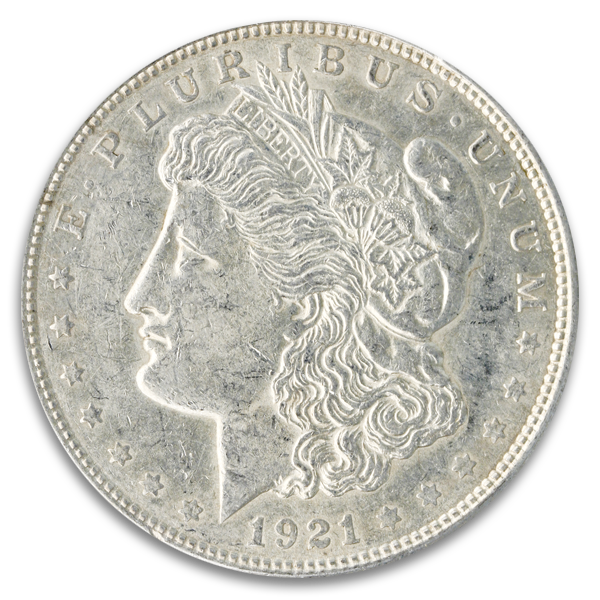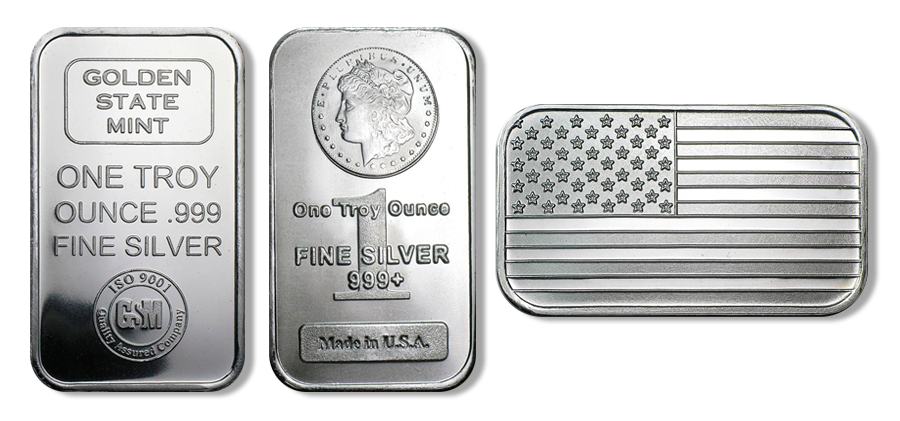1878-1904 Morgan $1 BU (Dates/Types Vary)
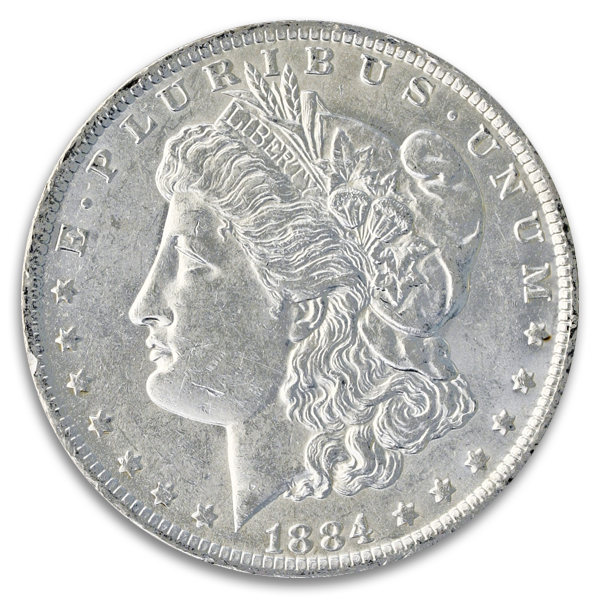


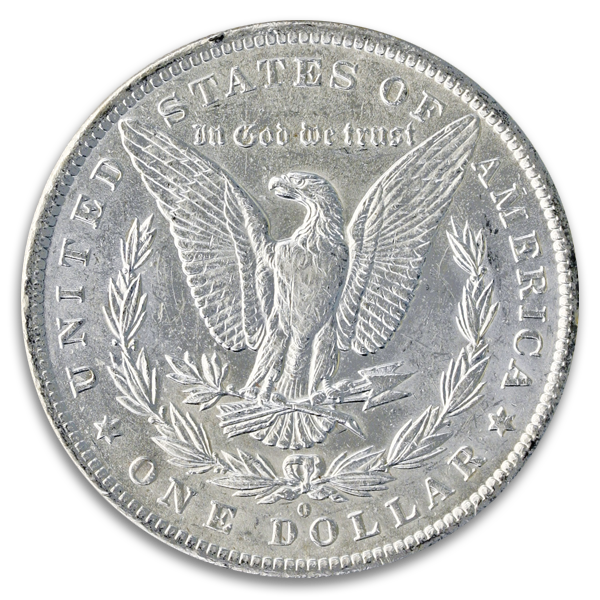

The Morgan Dollar stands out as a unique and cherished treasure for collectors, distinguished by its impressive size, almost akin to the span of a hand, and substantial weight.
This conspicuous size may owe its origin to the abundant silver reserves prevalent during its era. Notably, the Comstock silver lode in Nevada was yielding an astonishing one million dollars' worth of silver every week. This surplus posed a significant challenge: without a substantial market for this silver, Nevada's economy faced potential collapse.
In the grand American tradition of political maneuvering, lobbyists swiftly took action. They successfully lobbied the government to mandate that the U.S. Treasury purchase $2 to $4 million worth of silver monthly, converting it into silver coins.
At the Mint, George T. Morgan, a skilled engraver, was entrusted with crafting the design for the new silver dollar. On the obverse side, he featured the visage of Lady Liberty, while the reverse displayed a majestic eagle. Morgan chose to portray Liberty as an American woman, diverging from the customary Greek-style representations. He drew inspiration from naturalistic studies of the bald eagle, imbuing his eagle design with authenticity. This transformation in America's silver dollar coinage fulfilled a long-standing aspiration.
Minting of the Morgan Dollar spanned from 1878 to 1904, with a brief revival in 1921. The year 1894 remains particularly rare, primarily due to the limited quantity released into circulation. Notably, among Morgan Dollars minted at the Philadelphia Mint, Mint State 1894s rank as the second rarest in existence.
This conspicuous size may owe its origin to the abundant silver reserves prevalent during its era. Notably, the Comstock silver lode in Nevada was yielding an astonishing one million dollars' worth of silver every week. This surplus posed a significant challenge: without a substantial market for this silver, Nevada's economy faced potential collapse.
In the grand American tradition of political maneuvering, lobbyists swiftly took action. They successfully lobbied the government to mandate that the U.S. Treasury purchase $2 to $4 million worth of silver monthly, converting it into silver coins.
At the Mint, George T. Morgan, a skilled engraver, was entrusted with crafting the design for the new silver dollar. On the obverse side, he featured the visage of Lady Liberty, while the reverse displayed a majestic eagle. Morgan chose to portray Liberty as an American woman, diverging from the customary Greek-style representations. He drew inspiration from naturalistic studies of the bald eagle, imbuing his eagle design with authenticity. This transformation in America's silver dollar coinage fulfilled a long-standing aspiration.
Minting of the Morgan Dollar spanned from 1878 to 1904, with a brief revival in 1921. The year 1894 remains particularly rare, primarily due to the limited quantity released into circulation. Notably, among Morgan Dollars minted at the Philadelphia Mint, Mint State 1894s rank as the second rarest in existence.

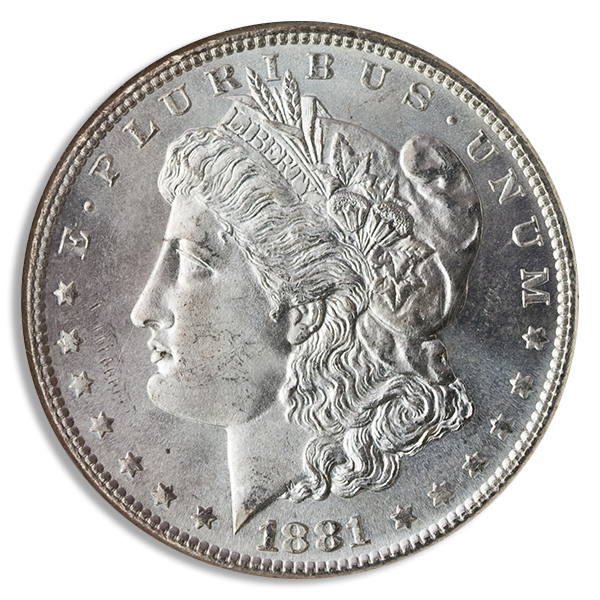
 Quick View
Quick View